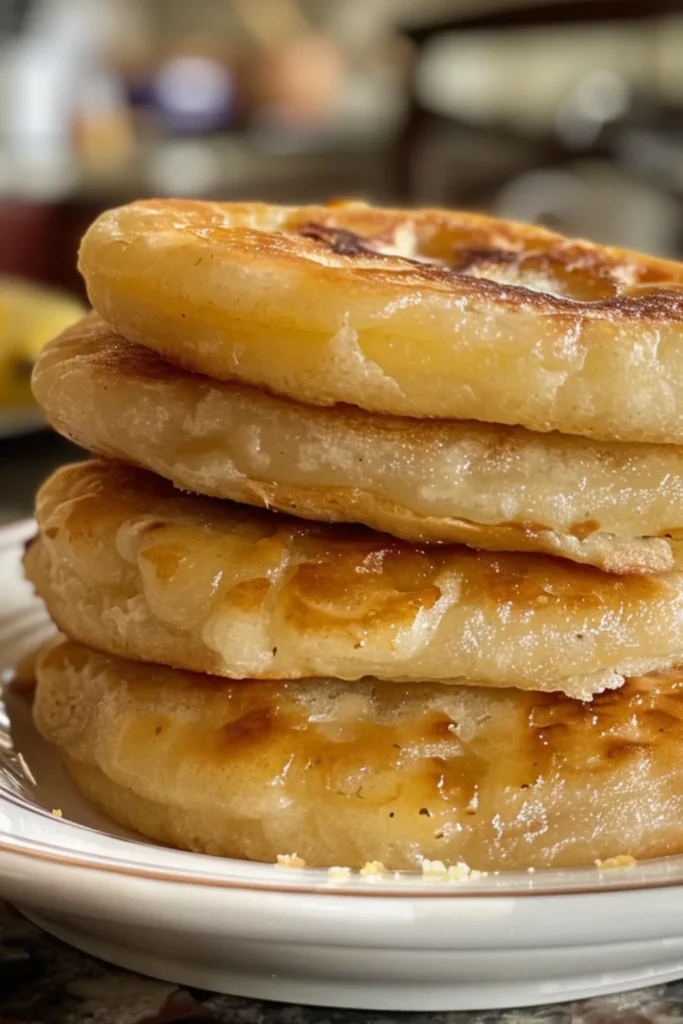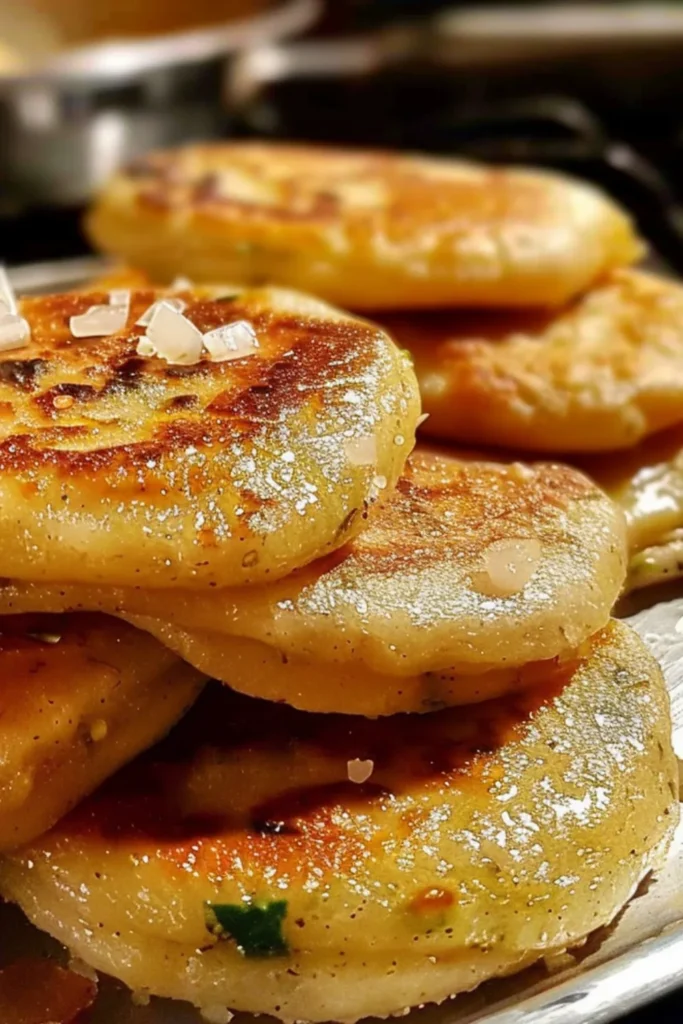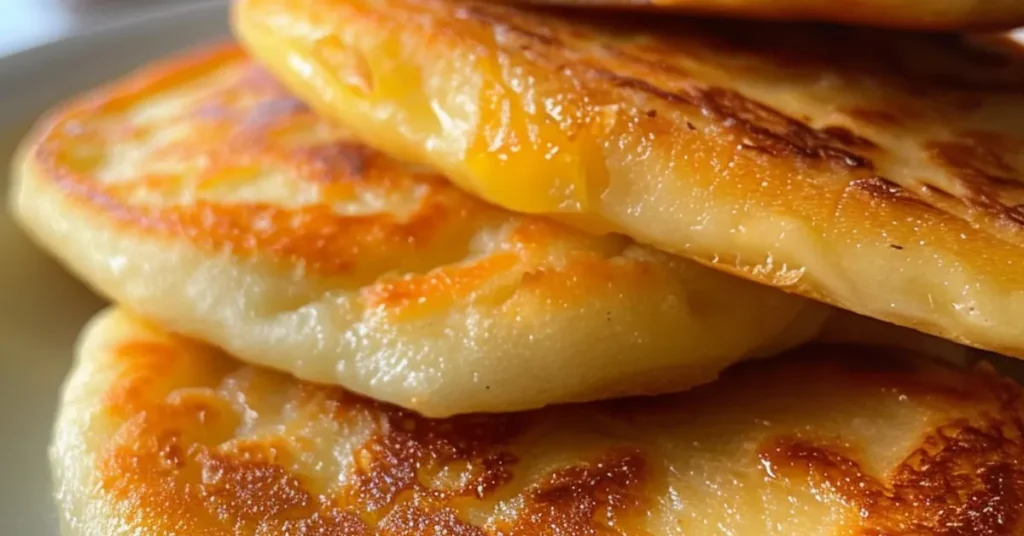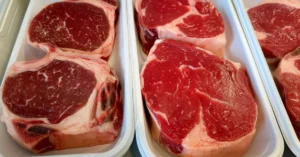Table of Contents
If you’ve ever indulged in the rich, creamy world of Portuguese and Spanish pastries, you’ve likely heard of Gordas de Nata. These delightful treats are more than just a dessert—they’re a cultural experience. With their flaky puff pastry crust and luscious custard filling, Gordas de Nata have won the hearts of food lovers worldwide. But what exactly are they? Where did they come from? And how can you make them at home?
In this article, we’ll dive deep into the world of Gordas de Nata. From their fascinating history to their modern-day popularity, we’ll explore everything you need to know about these iconic pastries. Whether you’re a seasoned baker or a curious foodie, this guide will satisfy your cravings for knowledge—and maybe even inspire you to whip up a batch of your own. So, let’s get started!
What Are Gordas de Nata?
Definition and Origin
Gordas de Nata are a type of pastry that originated in the Iberian Peninsula, particularly in Portugal and Spain. The name itself is a nod to their rich, indulgent nature—gordas means “fat” or “thick” in Spanish, while nata refers to the creamy custard filling. These pastries are often compared to the more famous pastéis de nata, but they have their own unique charm.

Historically, Gordas de Nata were created as a way to use up leftover egg yolks from monasteries and convents. Over time, they evolved into a beloved treat enjoyed during festivals, family gatherings, and even as an everyday snack. Today, they’re a symbol of tradition and comfort in Portuguese and Spanish cuisine.
What Makes it Unique?
What sets Gordas de Nata apart from other pastries is their perfect balance of textures and flavors. The outer layer is made from puff pastry, which bakes into a golden, flaky crust. Inside, you’ll find a smooth, velvety custard made from egg yolks, sugar, and cream. The contrast between the crisp pastry and the creamy filling is nothing short of heavenly.
MORE RECIPES: Honey Butter Skillet Corn
Unlike pastéis de nata, which are typically smaller and served in muffin tins, Gordas de Nata are often larger and more rustic in appearance. They’re also less sweet, allowing the natural flavors of the custard and pastry to shine through. This makes them a versatile dessert that pairs well with coffee, tea, or even a glass of dessert wine.
The History and Cultural Significance
The Origins
Historical Background
The story of Gordas de Nata begins in the monasteries and convents of Portugal and Spain during the Middle Ages. Back then, egg whites were often used to starch religious garments, leaving an abundance of leftover egg yolks. Resourceful monks and nuns decided to put these yolks to good use by creating rich, custard-based pastries. Over time, these humble treats evolved into the Gordas de Nata we know and love today.
Interestingly, the recipe for Gordas de Nata was closely guarded by religious communities for centuries. It wasn’t until the 19th century that the pastries began to gain popularity outside monastic walls. Bakeries in Lisbon and Madrid started offering their own versions, and soon, Gordas de Nata became a staple in local cuisine.
Cultural Importance
In Portugal and Spain, Gordas de Nata are more than just a dessert—they’re a symbol of tradition and community. These pastries are often served during religious festivals, family celebrations, and even as a comforting treat on rainy afternoons. In some regions, they’re a must-have at weddings and christenings, symbolizing abundance and joy.
Each region has its own twist on the classic recipe. For example, in northern Portugal, bakers might add a hint of cinnamon or lemon zest to the custard, while in southern Spain, Gordas de Nata are sometimes topped with a sprinkle of powdered sugar or a drizzle of honey. These variations reflect the diverse culinary traditions of the Iberian Peninsula.
Modern Cuisine
Popularity in Contemporary Baking
Today, Gordas de Nata have transcended their humble origins to become a global sensation. Thanks to the rise of food tourism and social media, these pastries are now enjoyed by people all over the world. In cities like London, New York, and Sydney, you’ll find bakeries offering their own take on Gordas de Nata, often with innovative twists like matcha-infused custard or gluten-free pastry.
Despite their modern adaptations, Gordas de Nata remain deeply rooted in tradition. Many bakers still use the original techniques passed down through generations, ensuring that each bite is a taste of history.
Influence on Global Pastry Trends
The success of Gordas de Nata has also inspired other pastry chefs to experiment with custard-based desserts. From fusion pastries like Gordas de Nata croissants to vegan versions made with plant-based ingredients, the possibilities are endless. This influence is a testament to the timeless appeal of these iconic treats.
Ingredients and Preparation
Key Ingredients
Essential Components
To make authentic Gordas de Nata, you’ll need a handful of simple yet high-quality ingredients. Here’s what you’ll need:
- Puff Pastry: The foundation of Gordas de Nata, puff pastry provides that irresistible flaky texture. You can either make it from scratch or use store-bought pastry for convenience.
- Egg Yolks: The star of the custard filling, egg yolks give Gordas de Nata their rich, creamy consistency.
- Sugar: Adds sweetness to the custard and helps create a caramelized top when baked.
- Milk and Cream: These ingredients ensure the custard is smooth and velvety.
- Flour: A small amount of flour is often added to the custard to stabilize it.
- Vanilla or Cinnamon: For a touch of warmth and flavor.
Using fresh, high-quality ingredients is key to achieving the best results. After all, Gordas de Nata are all about simplicity and flavor.
Substitutions and Variations
If you’re looking to put your own spin on Gordas de Nata, there are plenty of ways to customize the recipe:
- Gluten-Free: Swap regular puff pastry for a gluten-free version.
- Vegan: Use plant-based milk, cream, and egg substitutes like cornstarch or tofu for the custard.
- Flavor Variations: Add lemon zest, orange blossom water, or even a dash of nutmeg to the custard for a unique twist.

Step-by-Step Recipe
Preparing the Dough
- Roll Out the Pastry: If you’re using store-bought puff pastry, roll it out to about 1/4-inch thickness. If making it from scratch, follow your favorite puff pastry recipe.
- Cut into Circles: Use a round cutter or glass to cut the pastry into circles large enough to fit your muffin tin or baking molds.
- Line the Molds: Gently press the pastry circles into the molds, ensuring there are no air pockets.
Making the Custard Filling
- Heat the Milk and Cream: In a saucepan, combine milk, cream, and sugar. Heat until the sugar dissolves, but don’t let it boil.
- Temper the Egg Yolks: In a separate bowl, whisk the egg yolks with a bit of flour. Slowly pour the warm milk mixture into the yolks, whisking constantly to prevent curdling.
- Cook the Custard: Return the mixture to the saucepan and cook over low heat until it thickens. Stir in vanilla or cinnamon for extra flavor.
Baking and Serving
- Fill the Pastry: Pour the custard into the prepared pastry shells, filling them about 3/4 of the way.
- Bake to Perfection: Preheat your oven to 400°F (200°C) and bake for 15-20 minutes, or until the pastry is golden and the custard is set.
- Serve Warm or Cold: Gordas de Nata are delicious both fresh out of the oven and at room temperature. Dust with powdered sugar or cinnamon before serving for an extra touch of sweetness.
Nutritional Information and Dietary Considerations
Are Gordas de Nata Healthy?
Nutritional Breakdown
Let’s be honest—Gordas de Nata are a treat, not a health food. However, understanding their nutritional profile can help you enjoy them in moderation. A typical Gorda de Nata contains:
- Calories: Around 200-250 per serving, depending on the size and ingredients.
- Fat: Approximately 10-15 grams, mostly from the puff pastry and custard.
- Sugar: About 15-20 grams, which comes from the custard and any added toppings.
- Protein: 3-5 grams, primarily from the egg yolks.
While they’re not exactly low-calorie, Gordas de Nata can still be part of a balanced diet when enjoyed occasionally.
Dietary Considerations
If you have specific dietary needs, don’t worry—there are ways to adapt Gordas de Nata to suit your lifestyle:
- Vegetarian: The traditional recipe is already vegetarian-friendly, as it doesn’t contain meat or animal by-products (other than eggs and dairy).
- Gluten-Free: Use gluten-free puff pastry and ensure all other ingredients are gluten-free.
- Vegan: Substitute the egg yolks with cornstarch or silken tofu, and use plant-based milk and cream.
For those watching their sugar intake, you can reduce the amount of sugar in the custard or use a natural sweetener like stevia. Just keep in mind that this might alter the texture and flavor slightly.
Gordas de Nata vs. Similar Pastries
How does it Compare to Pastéis de Nata?
Key Differences in Ingredients and Preparation
At first glance, Gordas de Nata and pastéis de nata might seem like twins, but they’re more like cousins. Both feature a flaky pastry and creamy custard, but the devil is in the details.
- Size and Shape: Gordas de Nata are typically larger and more rustic, while pastéis de nata are smaller, with a more uniform, cupcake-like shape.
- Custard Texture: The custard in Gordas de Nata is often denser and less sweet compared to the lighter, sweeter filling of pastéis de nata.
- Pastry: Gordas de Nata use puff pastry, which results in a flakier, more layered crust. Pastéis de nata, on the other hand, are made with a dough that’s more similar to pie crust.
Taste and Texture Comparison
When it comes to taste, Gordas de Nata offer a richer, more indulgent experience. The puff pastry adds a buttery, melt-in-your-mouth quality, while the custard is velvety and not overly sweet. Pastéis de nata, meanwhile, are lighter and crisper, with a caramelized top that adds a slight crunch.
Other Custard-Based Pastries
Comparison to French Pastries (e.g., Mille-Feuille)
French pastries like mille-feuille share some similarities with Gordas de Nata, particularly in their use of puff pastry. However, mille-feuille layers its pastry with cream or custard, creating a more structured, multi-layered dessert. Gordas de Nata, in contrast, are simpler, with the custard nestled inside a single pastry shell.
Comparison to British Custard Tarts
British custard tarts, also known as egg custard tarts, are another close relative. They feature a shortcrust pastry filled with a smooth, vanilla-infused custard. While they share the custard element, British tarts lack the flaky, layered texture of Gordas de Nata. Additionally, British custard tarts are often dusted with nutmeg, giving them a distinct flavor profile.
Where to Find and Enjoy it
Best Places to Try it
Bakeries in Portugal and Spain
If you’re planning a trip to the Iberian Peninsula, you’re in for a treat—literally! Some of the best Gordas de Nata can be found in local bakeries and pastry shops. Here are a few must-visit spots:
- Lisbon, Portugal: Head to the historic neighborhoods of Alfama or Belém, where traditional bakeries serve up fresh Gordas de Nata daily.
- Madrid, Spain: Visit the bustling Mercado de San Miguel, where you’ll find vendors offering these pastries alongside other Spanish delicacies.
- Porto, Portugal: Known for its rich culinary heritage, Porto is home to several bakeries that specialize in Gordas de Nata.
International Availability
Can’t make it to Portugal or Spain? Don’t worry—Gordas de Nata have gained popularity worldwide. In cities like London, New York, and Sydney, you’ll find bakeries and cafes offering their own versions of these pastries. Some even put a creative spin on the classic recipe, incorporating local flavors and ingredients.
Making it at Home
Tips for Beginners
If you’re new to baking, don’t be intimidated—making Gordas de Nata at home is easier than you might think. Here are a few tips to get you started:
- Use Store-Bought Puff Pastry: If you’re short on time, store-bought puff pastry works just as well as homemade.
- Don’t Overfill the Pastry: Leave some room for the custard to expand while baking.
- Watch the Oven: Keep an eye on your pastries to prevent over-baking. The custard should be set but still slightly wobbly in the center.
Tools and Equipment Needed
To make Gordas de Nata, you’ll need a few basic tools:
- Muffin Tin or Baking Molds: For shaping the pastries.
- Rolling Pin: To roll out the puff pastry.
- Saucepan: For preparing the custard.
- Whisk: To ensure a smooth custard filling.
FAQs About Gordas de Nata
What does “Gordas de Nata” mean?
The name Gordas de Nata translates to “fat custard tarts” in English. The term gordas refers to their thick, indulgent nature, while nata means custard or cream.
Are Gordas de Nata the same as pastéis de nata?
Not quite! While both are custard-filled pastries, Gordas de Nata are larger, use puff pastry, and have a denser, less sweet custard compared to the smaller, sweeter pastéis de nata.
Can I freeze Gordas de Nata?
Yes, you can! Once baked and cooled, Gordas de Nata can be frozen for up to a month. To enjoy, simply reheat them in the oven for a few minutes to restore their flaky texture.
How long do Gordas de Nata stay fresh?
When stored in an airtight container at room temperature, Gordas de Nata stay fresh for about 2-3 days. For longer storage, keep them in the refrigerator for up to a week.
What drinks pair well with Gordas de Nata?
These pastries pair beautifully with a variety of beverages. A strong espresso or cappuccino complements their richness, while a glass of dessert wine or port enhances their sweetness. For a non-alcoholic option, try them with a cup of black tea.




